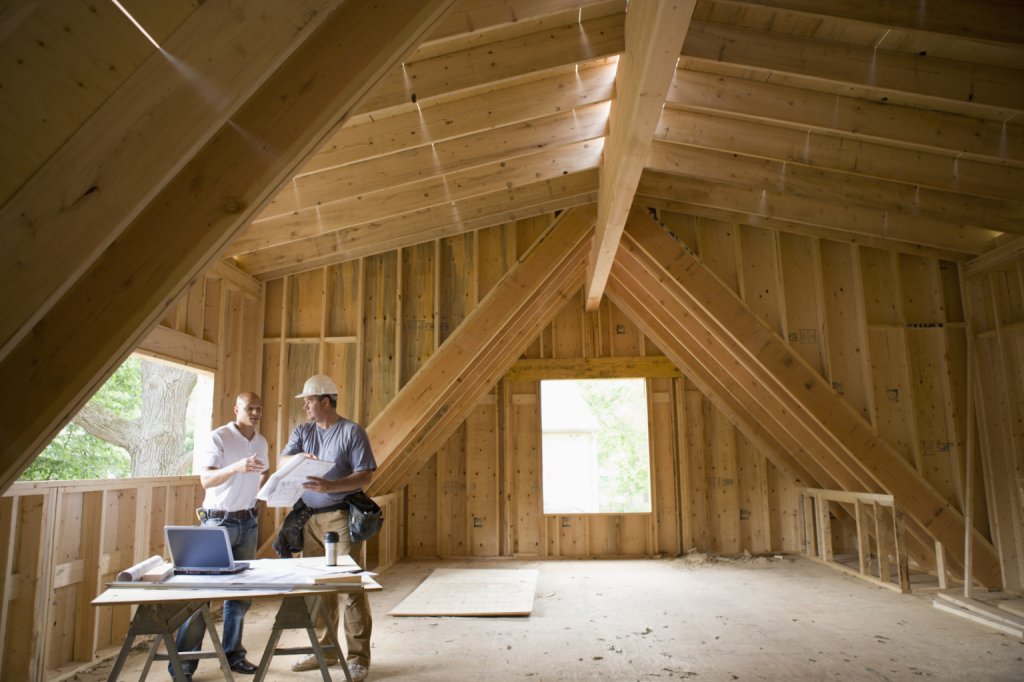Last week’s blog touched on the housing recession, which is officially in progress now that builders have pulled back, and its impact on the broader property markets. As would-be buyers increasingly back out of deals, homebuilders are increasingly finding themselves holding the bag. Combine that with astronomically rising costs for construction, materials and labor, and it’s of little wonder that homebuilders have pulled back from the market.
The numbers show a clear picture of residential builders’ retrenchment. Although overall construction starts rose 48% in July, Dodge Construction Network reports that residential starts decreased 8% compared to June. Specifically, single-family starts fell 9% between June and July 2022, and 7% from July 2021, as homebuilders were left holding more stock than anticipated. There are now 2.7 month’s supply of existing single-family homes on the market, seasonally adjusted, as of June.
Despite the rising inventories, the U.S. continues to suffer from an acute housing shortage, keeping prices for single-family homes at historically high levels. In its latest report, Moody’s Analytics found that nearly 84% of single-family home markets are overvalued, rising well above the peak reached in the prior housing bubble.
Nationally, Moody’s believes the housing market is 24.7% overvalued, higher than the 23.8% peak seen in the last housing bubble. In some markets, housing prices are as much as 70% to 80% over the assets’ real value. Anecdotal evidence shows signs this is cooling; homebuilders are reporting fewer bidding wars, fewer buyers are willing to waive contingencies and more asking are being slashed than in previous months.
Moody’s expects prices in some of the most overvalued markets to fall by 5% to 10%, more if there’s a broader recession. Still, those seem like insignificant gains compared to the 32% price growth housing experienced between 2020 and 2022. And with such high housing prices, there’s little chance of rental rates declining much, either.
Those conditions contributed to the surge in investor appetite for U.S. single-family homes, which has ironically been one of the major contributors to the rising prices. Real estate investors purchased more than 165,000 U.S. residences, mainly single-family homes, worth an aggregate $110.6 billion in the first half of 2022, reports Redfin.
Quarterly activity is leveling out from the Q3 2021 peak, but investors are still buying more homes than before the pandemic; they purchased about 60,000 homes per quarter in 2019. And as more would-be buyers get priced out of the housing market, be it due to housing costs or tighter lending requirements, investors looking to flip or rent out single-family properties will be well positioned to take advantage of opportunities.
That may work in homebuilders’ favor. Put simply, investors were behind one in every five home sales that closed in the first half of 2022, up from one in four in 2021. That figure is expected to tick up incrementally as long as deep-pocketed investors are willing to pay more than average U.S. households.
A study by the National Association of Realtors found that institutional buyers accounted for 15% of all U.S. residential purchases in 2021. These players committed another $60 billion to the sector in the past year, according to Yardi Matrix.
Another bonus for home builders is institutional preference for bulk purchases, allowing builders to unload homes while investors benefit from the scale and efficiency in these transactions. Yardi reports institutional acquisitions of SFRs in communities of 50 or more units soared in 2021 to $2.5 billion.
It seems to be paying off. John Burns Real Estate Consulting wrote that the value of homes owned by institutional SFRs has doubled over the past decade to $4.7 trillion in 2022. Whereas institutions account for 5% of all single-family rentals in the U.S. today, MetLife Investment Management estimates that their market share may exceed 40% by 2030.
As for how that will impact housing prices or the market’s stability—only time will tell.


